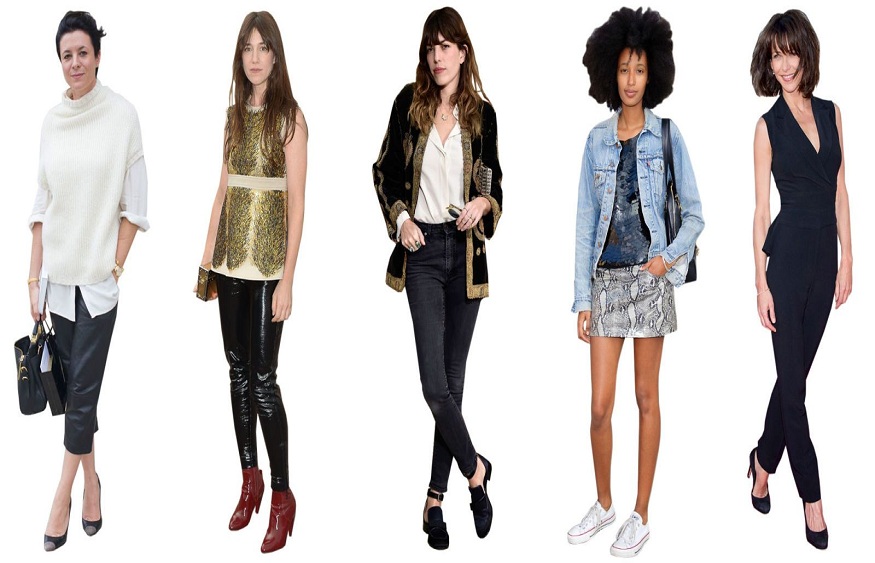Silk, the luxurious and delicate fabric that has captured the hearts of women for centuries, has undergone a remarkable transformation over time. From its early days as a prized commodity accessible only to the wealthy elite, silk has become more ubiquitous in fashion and is now available to everyone. Join us on an exciting journey through history as we explore how silk womenswear evolved and flourished from one era to another, leaving an indelible mark on fashion trends across the globe. Get ready to be swept away by the incredible stories behind some of our most beloved luxury silk pieces, from vintage treasures to contemporary designs that continue to captivate us today.
Introduction: A Brief History of Luxury Silk Womenswear
Luxury silk womenswear has a long and rich history, dating back centuries. In ancient China, silk was reserved for the upper classes and was a symbol of wealth and power. Silk garments were also highly prized in other cultures around the world, including in Japan, India, and the Middle East.
During the Renaissance period in Europe, silk became increasingly popular among the wealthy elite. Women in particular began to favour silk dresses and gowns as a way to show off their status. By the 18th century,silk was widely used in women’s fashion and became synonymous with luxury.
In the 19th century, new technologies made it possible to mass-produce silk fabrics, making them more accessible to a wider range of people. However, true luxury silk garments continued to be made by hand and were only affordable to the very wealthy.
Today, luxury silk womenswear is once again becoming more popular as people seek out quality over quantity. There is a growing appreciation for the beauty and craftsmanship of luxurious silk garments. Whether you’re looking for a timeless piece to wear for years to come or something special for a special occasion, luxury silk womenswear is an excellent option.
The 1920s: Glamorous Flapper Style
The 1920s was the era of the flapper, and luxury silk womenswear was all about glamour. Flappers were known for their flashy style, and they loved to show off their wealth and status with luxurious clothing. Silk was the fabric of choice for many flappers, as it was both glamorous and practical. It could be easily dressed up or down, making it perfect for any occasion.
Flappers were not afraid to experiment with fashion, and they often pushed the boundaries of what was acceptable. This included short skirts, daring necklines, and lots of glitter and sequins. They wanted to be noticed, and they didn’t care if people stared. Luxury silk womenswear was the perfect way to make a statement and stand out from the crowd.
While the flapper style might seem excessive by today’s standards, there is no denying that it was chic and sophisticated. Silk allowed flappers to move freely and dance the night away without worrying about their clothes getting wrinkled or damaged. It was also very comfortable to wear, which was important since many women were working long hours during this era.
Luxury silk womenswear is still popular today, although it is not as flashy as it once was. It is more refined and subdued, but it still has that air of sophistication that women love. Silk is a timeless fabric that will always be associated with luxury and refinement.
The 1930s: Cinched Waists and Hollywood Glamor
The 1930s were a decade of major changes both in the fashion industry and in society at large. This was the era when cinched waists and Hollywood glamour became popular. The former was achieved with the help of girdles and other undergarments, while the latter was thanks to the influence of Hollywood stars like Greta Garbo and Joan Crawford.
This was also a time when women’s fashion began to be more form-fitting and revealing. Dresses became shorter and skirts became tighter. Shoulder pads became popular to give women a more masculine look, which was seen as fashionable at the time.
The Great Depression also had an impact on fashion in the 1930s. Many people could not afford to buy new clothes, so they would make do with what they had. This led to a rise in popularity of second-hand clothing and DIY fashion.
The 1950s: Bold, Feminine Silhouettes
In the 1950s, women’s fashion was all about bold, feminine silhouettes. Full skirts and nipped-in waists were the order of the day, and luxury silk was the fabric of choice for many designers. This was a golden era for couture, and some of the most iconic looks in fashion history were created during this decade.
One of the most popular silhouettes of the 1950s was the full skirt. This look was achieved by pairing a fitted bodice with a voluminous skirt, often made from multiple layers of tulle or organza. The full skirt was extremely flattering to the female form, and it became synonymous with femininity and glamour.
Nipped-in waists were another key trend of the 1950s. This look was achieved by cinching in the waist with a belt or sash, creating an hourglass silhouette. Again, this look was extremely flattering to the female form, and it helped to accentuate curves.
Luxury silk was one of the most popular fabrics used in women’s fashion during the 1950s. Designers such as Christian Dior and Coco Chanel used silk to create glamorous evening wear that was both elegant and feminine. Silk also had the benefit of being extremely figure-hugging, which helped to show off those all-important curves.
The 1970s: Bohemian Bell Sleeves and Free Flowing Skirts
The 1970s was a decade of change and liberation. Women were exploring their femininity and sexuality, and fashion became a reflection of that. Silhouettes became softer and more fluid, with bell sleeves and skirts that flowed freely. Colours were bold and vibrant, inspired by the hippie movement. fabrics were often light and airy, such as chiffon and voile.
Bohemianism was in full force in the 1970s, and luxury silk womenswear reflected that. designers were experimenting with new silhouettes, prints, and textures. This was a decade of self-expression and individuality, where fashion was used as a form of self-expression.
The 1980s: Power Suits and Shoulder Pads
The 1980s is the decade when power suits and shoulder pads came into fashion. Women became more independent and powerful, and they wanted their clothing to reflect that. Luxury silk womenswear was no exception. Designers began to create pieces that were more structured and tailored, with strong shoulders and nipped-in waists. This was the era of the working woman, and luxury silk womenswear reflected that.
The 1990s to Date
Luxury silk womenswear has evolved significantly since the 1990s. In the early 1990s, most luxury silk garments were produced in Europe and North America. However, since the late 1990s, there has been a growing trend of production in Asia, particularly in China. This is largely due to the lower labour costs in Asia and the increasing skilled labour force in China.
In the 1990s, most luxury silk garments were made with natural fibres such as cotton or linen. However, since the turn of the century, there has been an increasing trend towards using synthetic fibres such as polyester or nylon. This is due to the lower cost of synthetic fibres and the increased durability of these materials.
The early 1990s also saw a shift away from traditional garment construction techniques such as hand-sewing and embroidery. Instead, mass-production methods such as machine-sewing and printing became increasingly popular. This was due to the lower cost of these methods and the increased speed of production.
Today, luxury silk womenswear is more diverse than ever before. There are a wide variety of styles, colours, and fabrics available on the market. And thanks to advances in technology, it is now easier than ever to find exactly what you are looking for when shopping for luxury silk garments.



